
| CV.日本語 | CV. English | Bibliography |
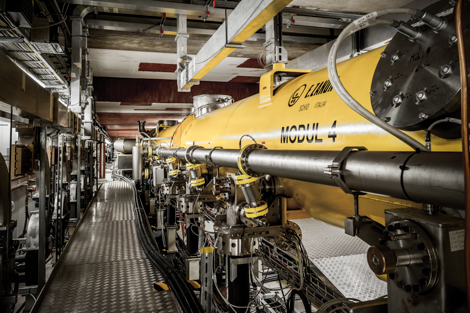 |
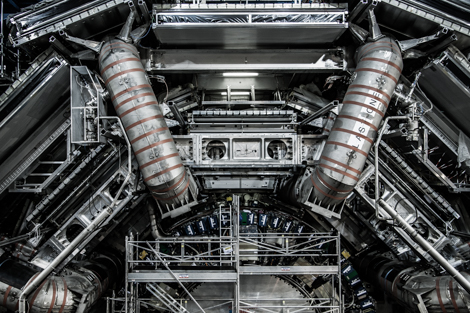 |
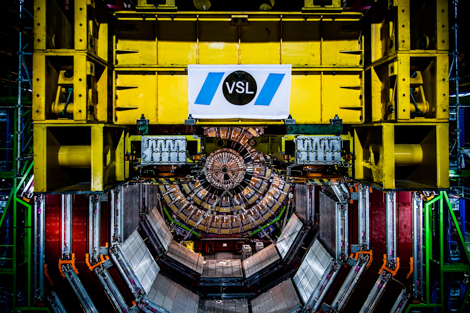 |
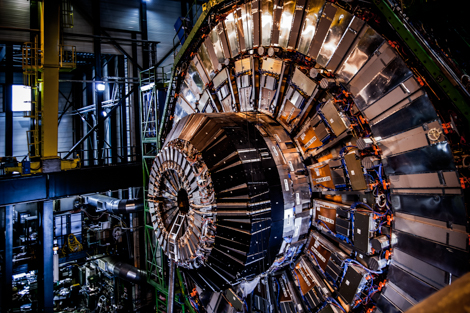 |
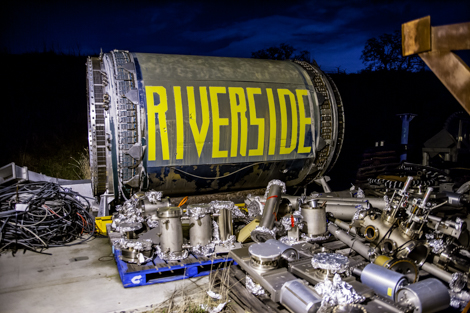 |
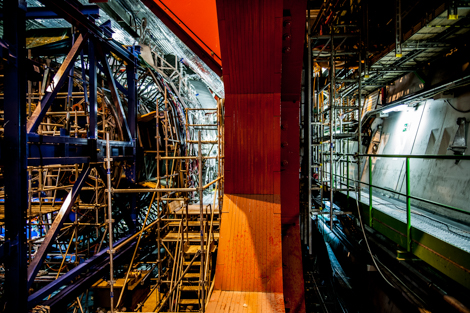 |
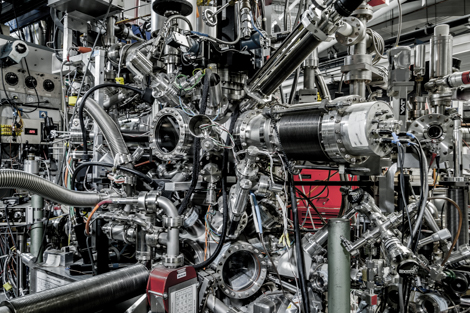 |
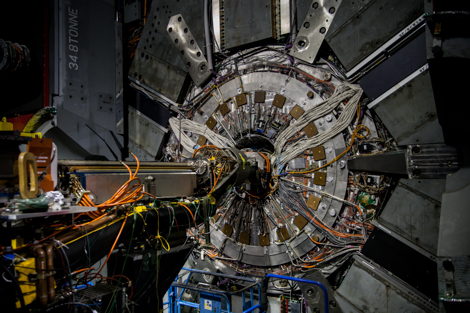 |
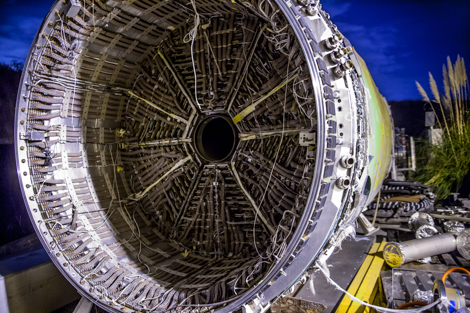 |
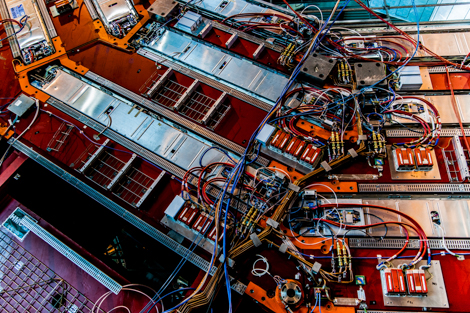 |
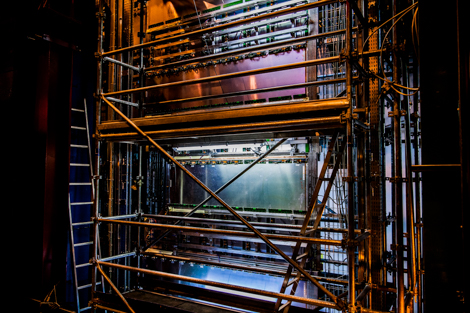 |
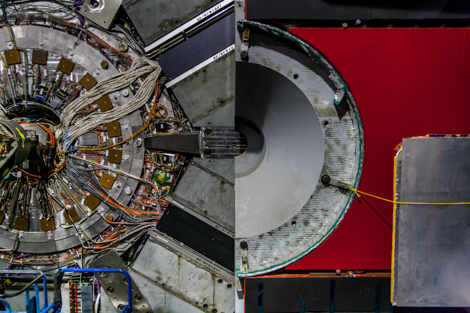 |
"Why do we exist?" By accelerating and smashing microscopic particles to near the speed of light, the human race challenges the ultimate mystery: "Why do we exist? The quest to understand our existence is a fundamental and philosophical question that has intrigued humanity for centuries. While the exploration of particle physics and the study of subatomic particles through techniques like particle acceleration and collision may not directly address the question of why we exist, they provide valuable insights into the fundamental nature of the universe and its underlying laws. Particle accelerators, such as the Large Hadron Collider (LHC), are powerful tools used to investigate the fundamental building blocks of matter and the forces that govern them. By accelerating particles to near the speed of light and smashing them together, scientists can recreate the extreme conditions that existed in the early universe moments after the Big Bang. These high-energy collisions allow researchers to study the properties of particles, search for new particles, and test theoretical models. While particle physics has contributed greatly to our understanding of the universe, it primarily focuses on the "how" rather than the "why" of existence. It seeks to uncover the fundamental laws and particles that make up our reality. The question of "why" we exist, on the other hand, delves into deeper philosophical and existential realms, encompassing religious, metaphysical, and personal perspectives. The search for answers to the question of why we exist lies within various disciplines, including philosophy, theology, and spirituality. Different cultures and belief systems offer diverse explanations, ranging from religious creation stories to philosophical musings on the nature of consciousness and purpose. It's important to recognize that scientific exploration and philosophical inquiry can coexist. While particle physics may not provide a direct answer to the question of our existence, it contributes to our understanding of the physical world, expands our knowledge, and opens up new possibilities for exploration and discovery. By unraveling the mysteries of the universe, we may gain insights that inform our philosophical and existential pursuits. |
* Best of 2008 : This year's hottest photos from British Journal of Photography |
"Why do we see the landscape there?" |
: Institute where I photographed BNL / Brookhaven National Laboratory (NY) Research Center for Neutrino Science / Mozumi / Tohoku University (Japan) SPring-8 / Japan Synchrotron Radiation Research Institute (Japan) DESY / Deutsches Elektronen-Synchrotron (Hamburg, Germany) |
Bibliography |
何故、我々は存在するのか? 私たちの存在を理解しようとする探求は、何世紀にもわたって人類を魅了してきた根源的かつ哲学的な問いである。素粒子物理学の探求や、素粒子の加速や衝突といった技術による素粒子の研究は、私たちがなぜ存在するのかという疑問を直接解決するものではないかもしれないが、宇宙の基本的な性質やその根底にある法則についての貴重な洞察を与えてくれる。 大型ハドロン衝突型加速器(LHC)のような粒子加速器は、物質の基本的な構成要素とそれを支配する力を調査するための強力なツールである。粒子を光速近くまで加速してぶつけ合うことで、科学者たちはビッグバン直後の宇宙初期に存在した極限状態を再現することができる。このような高エネルギー衝突によって、研究者は粒子の特性を研究し、新しい粒子を探索し、理論モデルを検証することができる。 素粒子物理学は宇宙の理解に大きく貢献しているが、その主眼は存在の「理由」よりも「方法」にある。素粒子物理学は、我々の現実を構成する基本的な法則と粒子を明らかにしようとするものである。一方、私たちが「なぜ」存在するのかという問いは、宗教的、形而上学的、個人的な観点を含む、より深い哲学的、実存的な領域に踏み込むものである。 私たちはなぜ存在するのか、という問いに対する答えの探求は、哲学、神学、スピリチュアリティなど、さまざまな学問分野の中にある。宗教的な創造物語から、意識や目的の本質に関する哲学的な考察まで、さまざまな文化や信念体系が多様な説明を提供している。 科学的探究と哲学的探究は共存しうることを認識することが重要である。素粒子物理学は、私たちの存在に関する疑問に対する直接的な答えを提供しないかもしれないが、物理世界の理解に貢献し、私たちの知識を広げ、探求と発見の新たな可能性を開いてくれる。宇宙の謎を解き明かすことで、私たちは哲学的、実存的探求に役立つ洞察を得ることができるかもしれない。
: 撮影した研究所 *ニール・カルダー氏 参考文献 |
| * 何故、我々は存在するのか? "Why do we exist ? 新宿ニコンサロン Shinjuku Nikon Salon |
| * なぜ、われわれは存在するのか? Why do we exist? gallery arte |
| *「Sciencescape -科学が押し開く新しい風景-」 瑞雲庵 (京都) 「Sciencescape - Science expands new landscape photography 」 Zuiun-an (kyoto) |
| 「何故、我々はそこに風景を見るのか?」 増田玲 (東京国立近代美術館・主任研究員 美術課写真室長) |
| * 平成25年度新収蔵作品展 / Heisei 25 Fiscal Year New Acquisition Exhibition 高知県立美術館 The Museum of Art, Kochi |
| * Cover Story: Best of 2008 this year's hottest photos The British Journal of Photography 2008 / Volume 155 Number 7716 Science photographer - Satoru Yoshioka / 科学写真家 吉岡さとる Recommended by Andy / Adam Goff, picture editor at the New Scientist 科学雑誌ニューサイエンティストの写真エディターAndy / Adam Goff推薦 |
| * Symmetry magazine : gallery: satoru yoshioka / Volume 05 Issue 01 January/February 08 アメリカエネルギー省 / フェルミ国立加速器研究所とSLAC国立加速器研究所共同出版 |